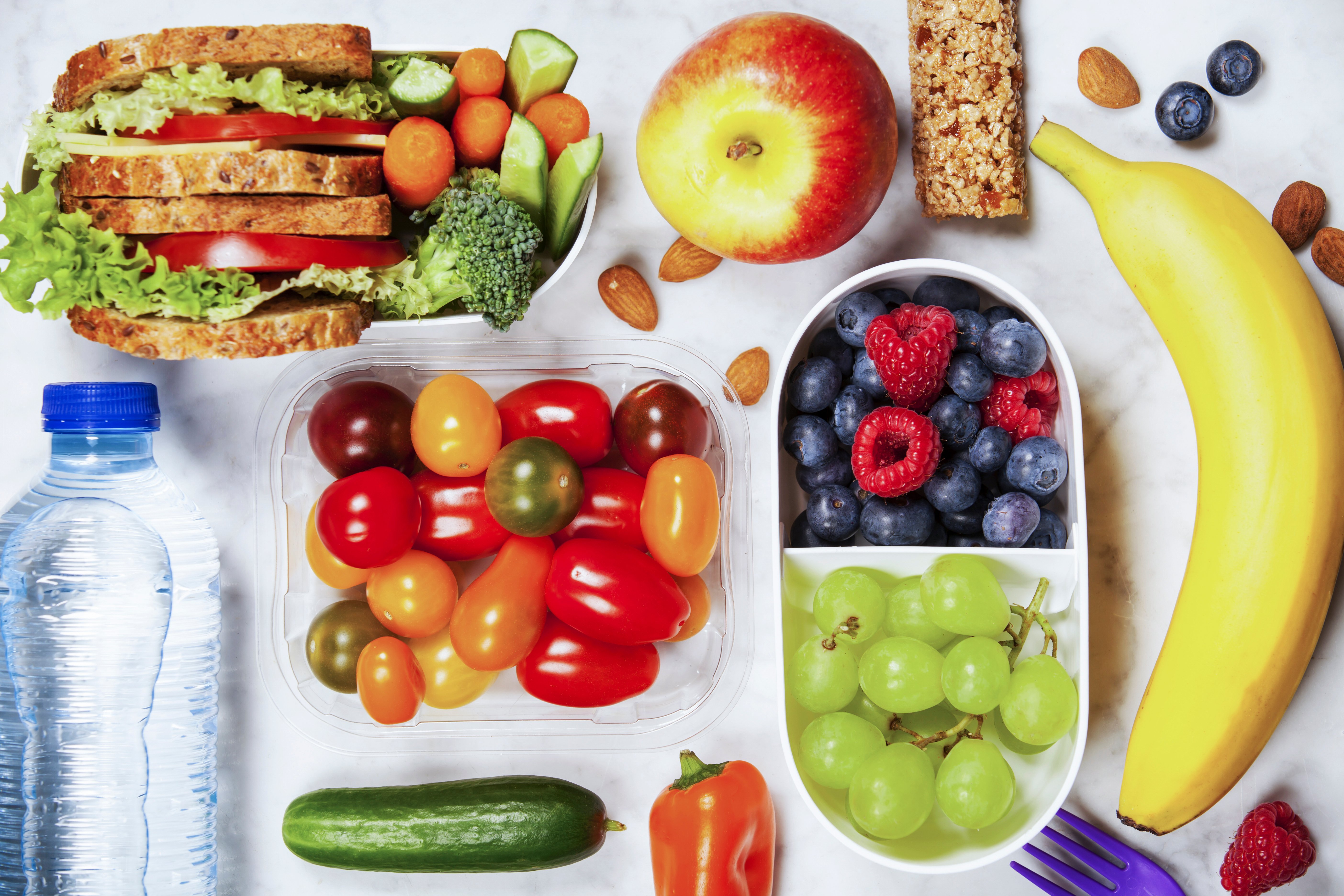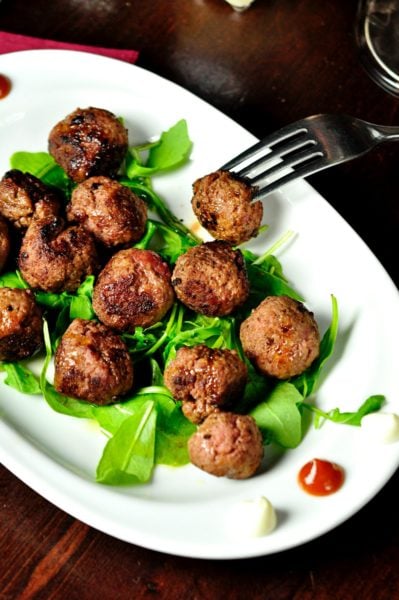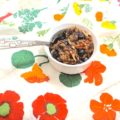My son isn’t a picky eater.
At home, he’ll eat anything — sushi, salmon, whole wheat spaghetti. He likes spinach. And quinoa. Even Brussels sprouts.
About the only thing he won’t eat is his mom’s turkey meatloaf. But to be fair, his father won’t either. It’s not very good.
I’m aware of how lucky we are that we’ve never had to beg or bargain for our son to try new foods or finish his vegetables. I’m also aware that our son is the exception. Our 4-year-old daughter, who refuses to eat anything unless it’s red, purple or macaroni, is the rule.
That’s not to say my son doesn’t enjoy pizza and potato chips and the occasional leftover Halloween candy. He does. That’s also not to say we make him a wholesome, home-cooked meal every night. Some nights it’s grilled cheese and soup.
Since kindergarten, I’ve made his lunches, which usually consists of some variation of the dinner we had the night before. When he was little, he’d eat almost everything I gave him and all I’d find left in his bag would be a bread crust or a single misshapen baby carrot.
But when he started fifth grade, something changed. He began asking to have school lunches. He’d never asked for school lunch before. At first, it was a couple of times a week. He’d claim it was Taco Tuesday or French Toast Sticks Friday and grudgingly, I’d deposit money into his account.
Then I started noticing that on the days he was supposed to have home lunch, he’d “accidentally” forget his lunch bag on the kitchen counter. At first, I’ll admit, I was glad for the break. Making lunches was time-consuming. School lunch was easy.
The only problem was, school lunch wasn’t free; it also wasn’t particularly healthy, in my opinion — although it’s getting healthier (see my story on food additives here).
When he came home one day with his lunch bag still full of his favorites — turkey sandwich, pears, a chocolate chip cookie from the batch we’d baked the night before — I knew something was up.
My first thought was that he was being bullied for bringing a home lunch.
I thought back to my own experiences with brown-bag bullying. My mother made my lunch every day. It usually consisted of a soggy PB&J sandwich on white bread, mandarin oranges swimming in syrup and graham crackers. Some of my less-kind classmates would grab my brown bag and toss it around the table trilling, “I wonder what Tina’s Mommy made her for lunch today!”
The Indian girl in our class had it worse. Her mom would pack samosas and tandoori chicken and rice. She’d sit at the far end of the table and steal small bites when she thought no one was looking, never actually removing the lunch from the bag.
No matter how sneaky she tried to be, there was no way she could hide the fragrant combination of sauce and spice — a smell that today makes my mouth water. But to me and my classmates’ young, white nostrils, it was different and therefore bad.
Was my son being bullied for bringing a home lunch? Like most moms, I imagined the worst. I worried. I went over what I’d say in my head. But when I finally asked, to my surprise (and relief) he laughed.
“Your lunches are good, Mom, but I want to eat with my friends,” he said. “If I ate the lunch you made me, I’d be done before my friends even got out of line. And school lunch is so good.”
I’d never considered this.
It wasn’t that my son was afraid his friends would tease him for bringing salmon and quinoa from home, although I’m certain that kind of bullying still exists. It wasn’t that he didn’t like what I’d lovingly made for him.
He just didn’t want to miss out on the social aspect of lunch, the ritual of standing in line with his friends and sharing the same meal together at the same time.
So, we came to a compromise — home lunch twice a week; school lunch three times a week. This way he wouldn’t miss eating tacos with his friends on Tuesdays and I wouldn’t miss making him my version of a healthy lunch.
Next up: Can we get our schools to allow more than seven minutes for lunch?
Tina Mortimer is an essayist and a contributing writer for many local publications. She lives in White Bear Lake with her husband and two children. Follow her work at tinatwotimes.com.




















